Post by kerouac on Oct 20, 2012 11:22:44 GMT -5
Ever since I first heard about the dog cemetery of Asnières – before I was even an adult – I knew I had to see it someday. I have no idea why it took me so long, but today was the day. Actually, one thing about cemeteries is that nothing about them is urgent – they will always be there waiting for you. However, this one almost disappeared in 1987 before being saved at the last minute. But I’ll get back to that.
Pets have existed to a certain extent even since humans had an extra scrap of food to give them, but the concept of a domestic animal being a family member, even if it was not used to hunt vermin or to protect people, didn’t really happen until the 19th century. The RSPCA was founded in 1824 in England, but the French SPA (Society for the Protection of Animals) was not created until 1845, after the Count of Grammont was outraged by the way horses were being treated. (The American SPCA was founded in 1866.)
While the fate of living animals was supposedly improved, there wasn’t much to be said for dead animals. According to French law, dead animals were supposed to be brought to the “équarisseur” within 24 hours. I had no idea what the translation of this was in English so I looked it up: “knacker.” I have never heard this word before, but my education is far from perfect. Anyway, an équarisseur is basically just a butcher who cuts up dead animals – not all that useful regarding dogs and cats, but I suppose they were supposed to have some sort of rubbish bin for making compost, glue, fish food or perhaps an exquisite liqueur.
In practice, most pets went out with the trash, and I’m sure that is still quite common in the 21st century.
In 1898, French law changed to say that domestic animals “may be buried at least 100 meters from any dwelling if possible and covered by at least one meter of dirt.” This law permitted the creation of a pet cemetery and the very next year this one opened, operated by the “French Company for a Dog Cemetery and Other Domestic Animals.”
I remembered from reading guidebooks long ago that this cemetery was on an island, but this is no longer true. The island was attached to the nearby bank in 1975 and is just on the other side of the Pont de Clichy.
Anyway, I don’t know who was running the place (clearly not the original company), but in 1986 they announced that they wanted to close it once and for all. This is prime riverfront real estate, and I can easily imagine the plans that they had. Naturally, pet lovers were up in arms, particularly the ones who had a faithful companion buried there, and the plan was blocked by having the site classified as a national site worthy of being saved due to its “picturesque, artistic, historical and legendary interest.” The city of Asnières officially acquired the cemetery and has been running it directly since 1997. It costs 3.50€ to visit, but it is of course free to anybody with a concession and two guests.
All cemeteries around Paris are full of cats, but here they are official, have their own cat house and are fed by a cat society. Therefore they seemed considerably less wild than in places like Père Lachaise or the Montmartre cemetery.
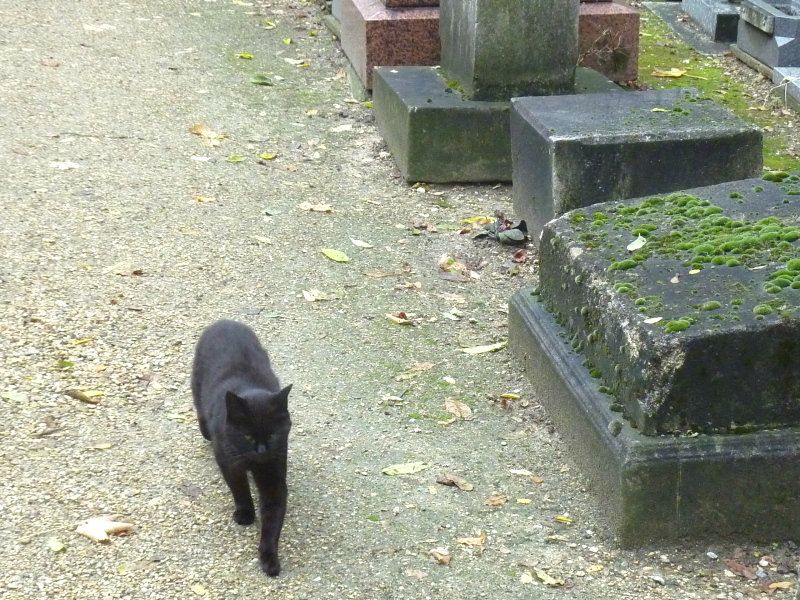

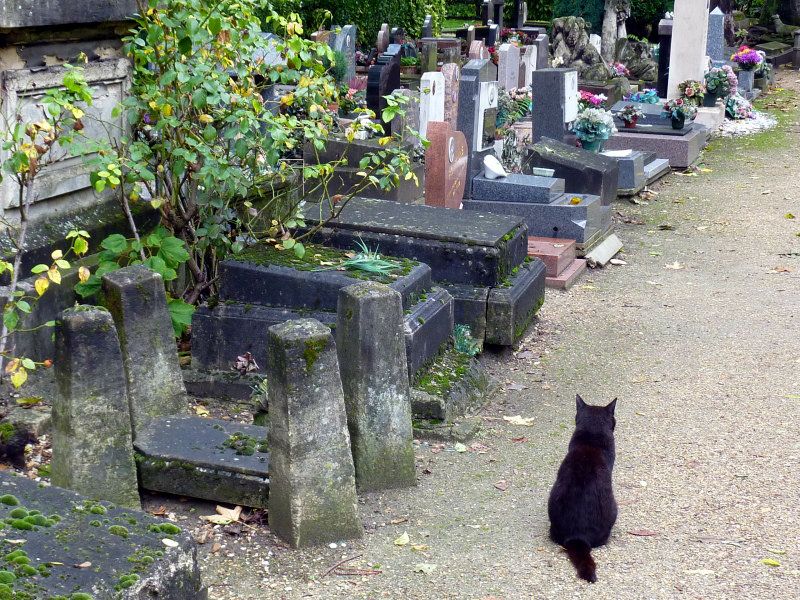
And the dogs don't scare them.
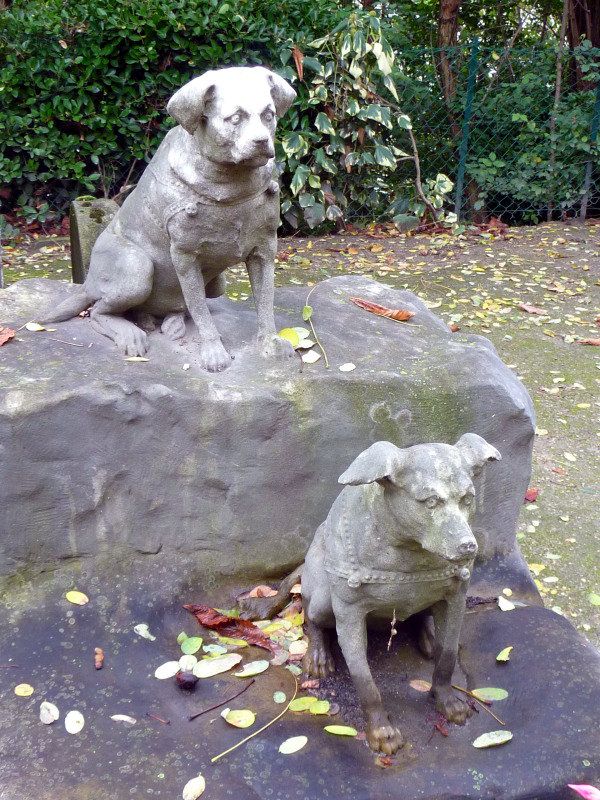
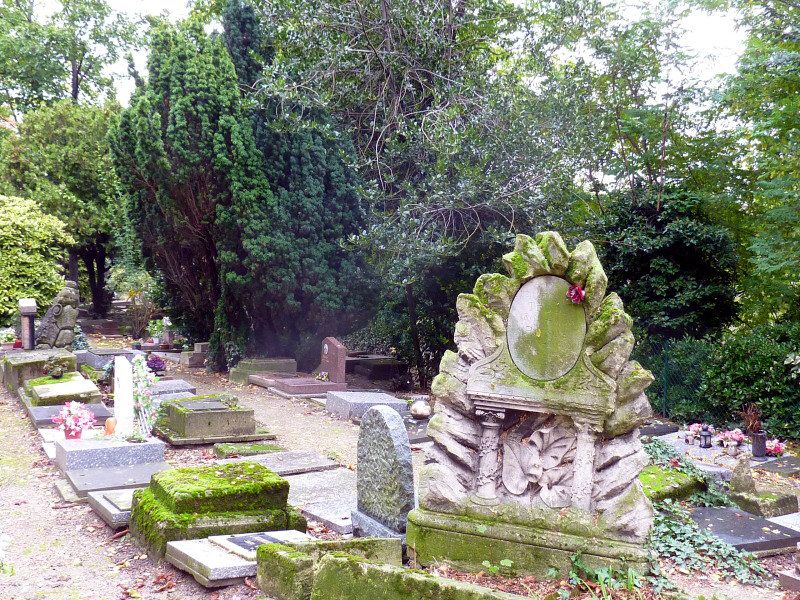
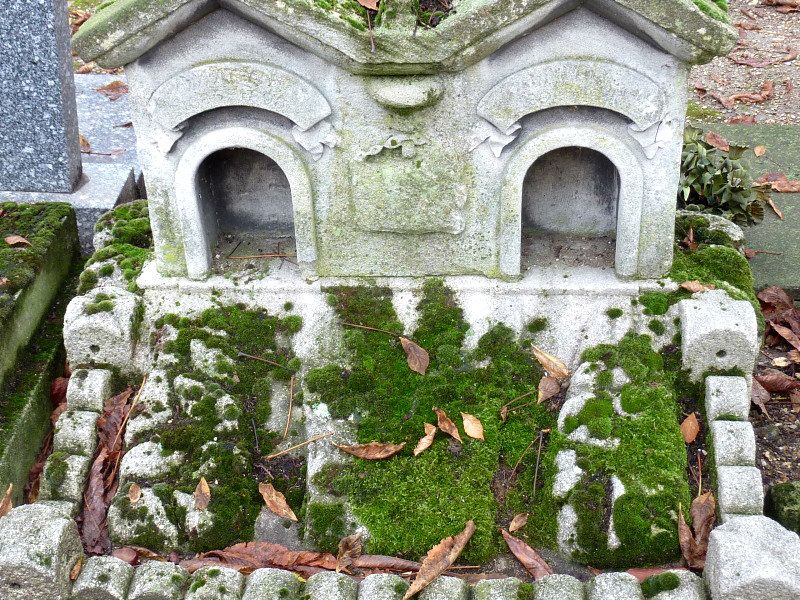

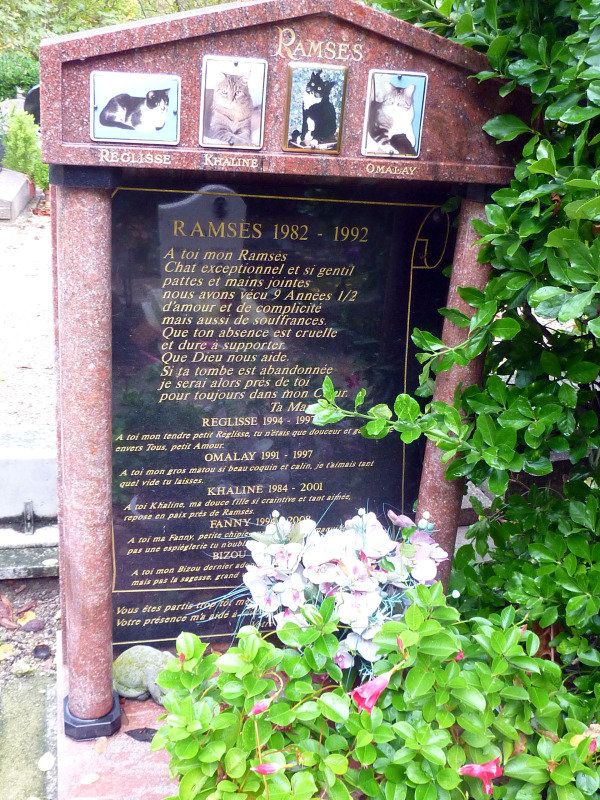
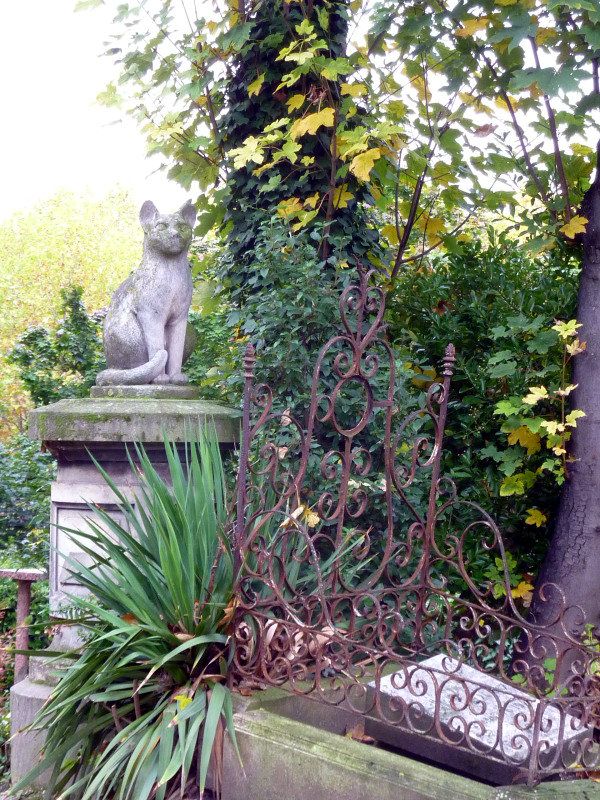
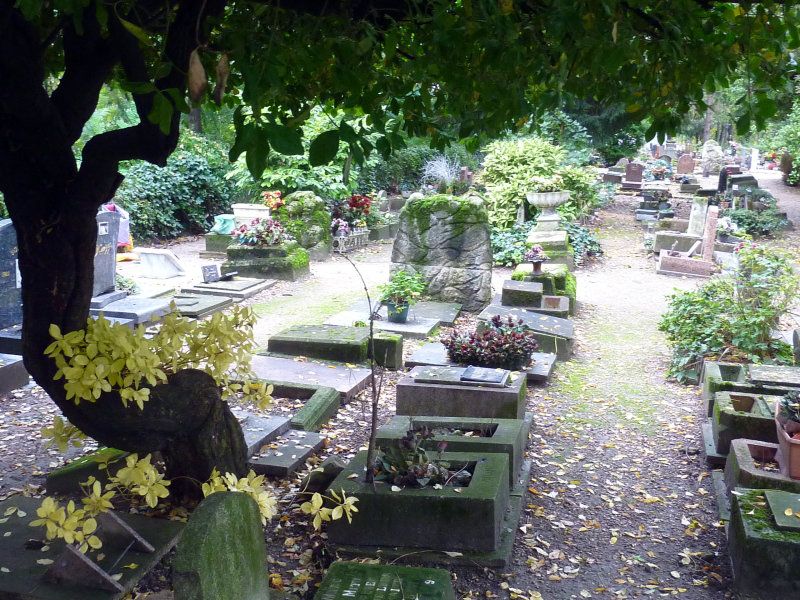
Pets have existed to a certain extent even since humans had an extra scrap of food to give them, but the concept of a domestic animal being a family member, even if it was not used to hunt vermin or to protect people, didn’t really happen until the 19th century. The RSPCA was founded in 1824 in England, but the French SPA (Society for the Protection of Animals) was not created until 1845, after the Count of Grammont was outraged by the way horses were being treated. (The American SPCA was founded in 1866.)
While the fate of living animals was supposedly improved, there wasn’t much to be said for dead animals. According to French law, dead animals were supposed to be brought to the “équarisseur” within 24 hours. I had no idea what the translation of this was in English so I looked it up: “knacker.” I have never heard this word before, but my education is far from perfect. Anyway, an équarisseur is basically just a butcher who cuts up dead animals – not all that useful regarding dogs and cats, but I suppose they were supposed to have some sort of rubbish bin for making compost, glue, fish food or perhaps an exquisite liqueur.
In practice, most pets went out with the trash, and I’m sure that is still quite common in the 21st century.
In 1898, French law changed to say that domestic animals “may be buried at least 100 meters from any dwelling if possible and covered by at least one meter of dirt.” This law permitted the creation of a pet cemetery and the very next year this one opened, operated by the “French Company for a Dog Cemetery and Other Domestic Animals.”
I remembered from reading guidebooks long ago that this cemetery was on an island, but this is no longer true. The island was attached to the nearby bank in 1975 and is just on the other side of the Pont de Clichy.
Anyway, I don’t know who was running the place (clearly not the original company), but in 1986 they announced that they wanted to close it once and for all. This is prime riverfront real estate, and I can easily imagine the plans that they had. Naturally, pet lovers were up in arms, particularly the ones who had a faithful companion buried there, and the plan was blocked by having the site classified as a national site worthy of being saved due to its “picturesque, artistic, historical and legendary interest.” The city of Asnières officially acquired the cemetery and has been running it directly since 1997. It costs 3.50€ to visit, but it is of course free to anybody with a concession and two guests.
I walked there from the metro station "Mairie de Clichy" so I saw it as I crossed the Pont de Clichy.
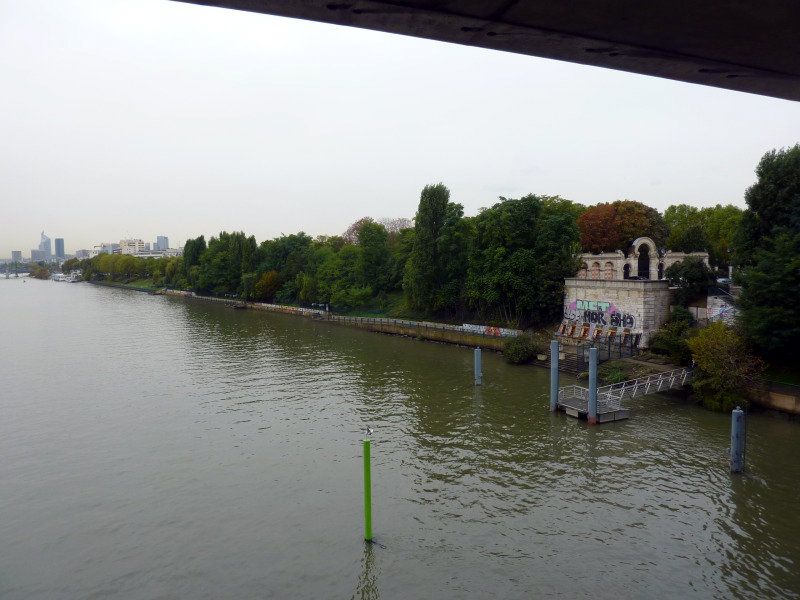
The entrance was nicer than a lot of cemeteries for human beings.

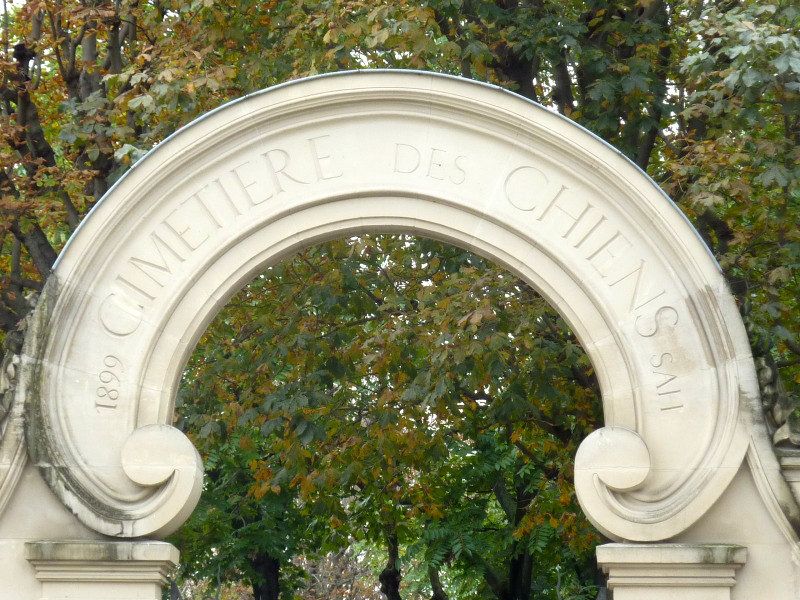
When you enter, the first thing you see is the monument to Barry, a Saint Bernard.
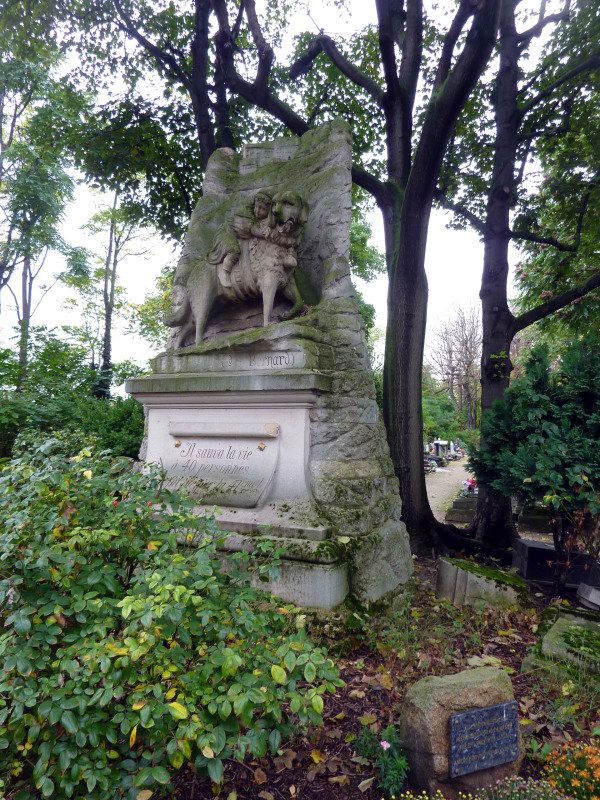
"He saved the lives of 40 people and was killed by the 41st."
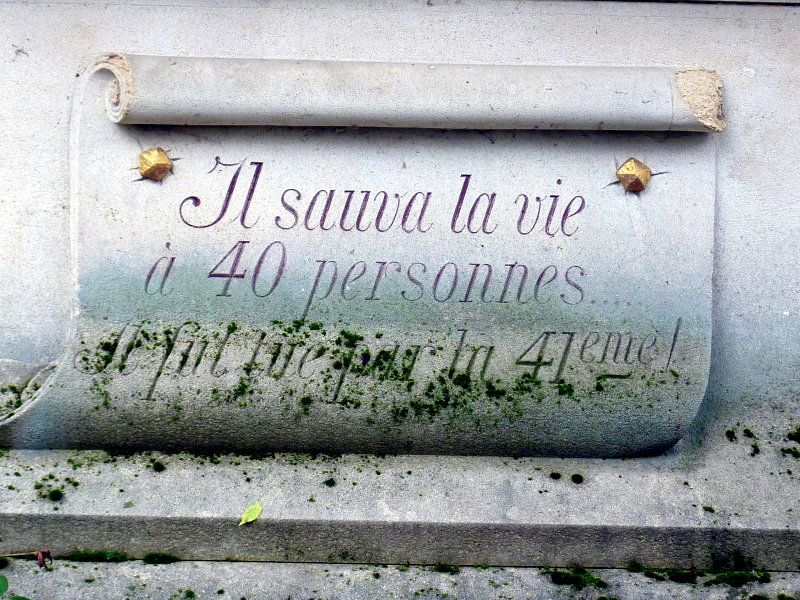
It's not hard to imagine the sort of tombs that one will see.

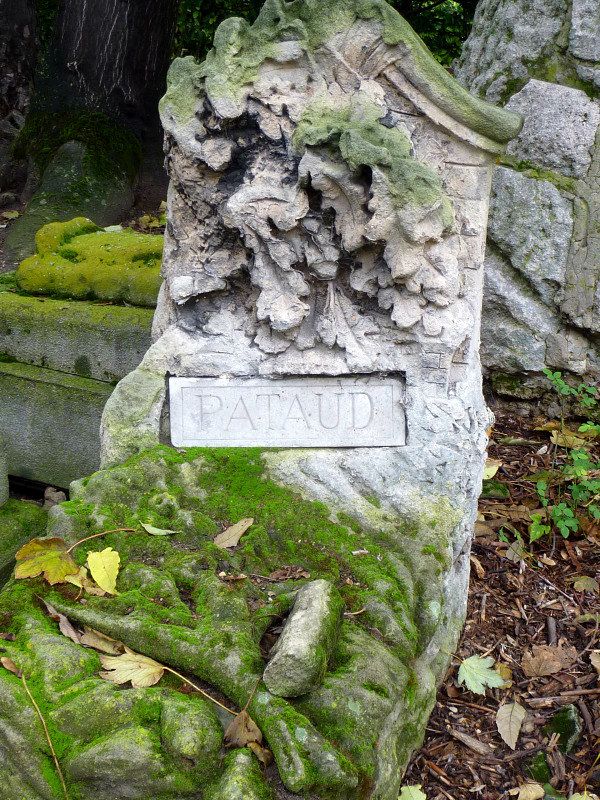
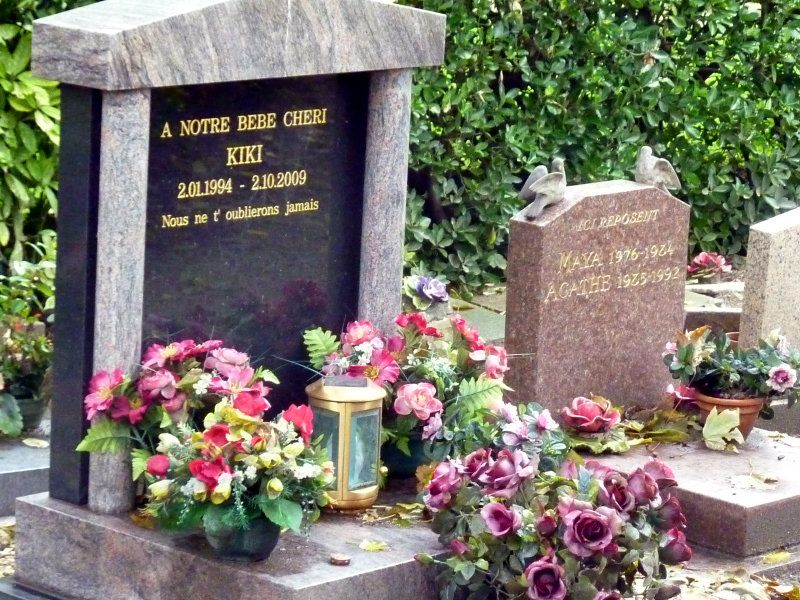
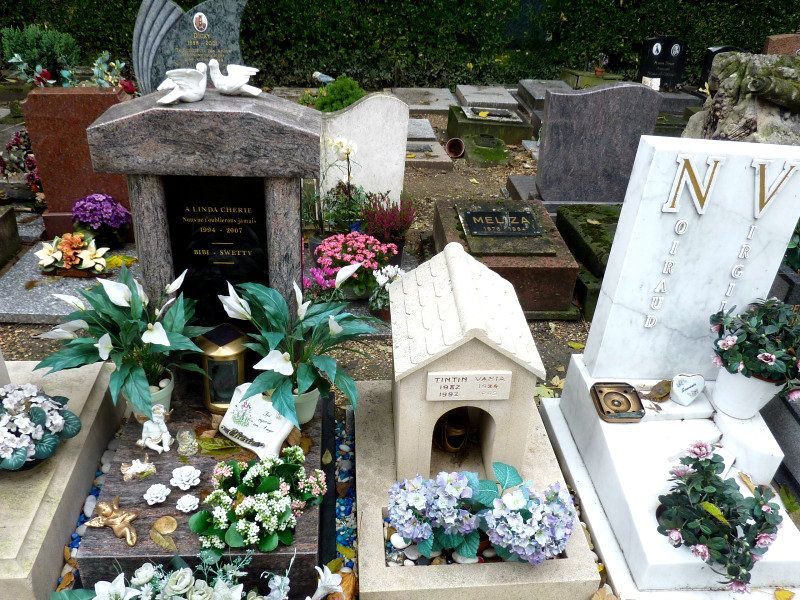
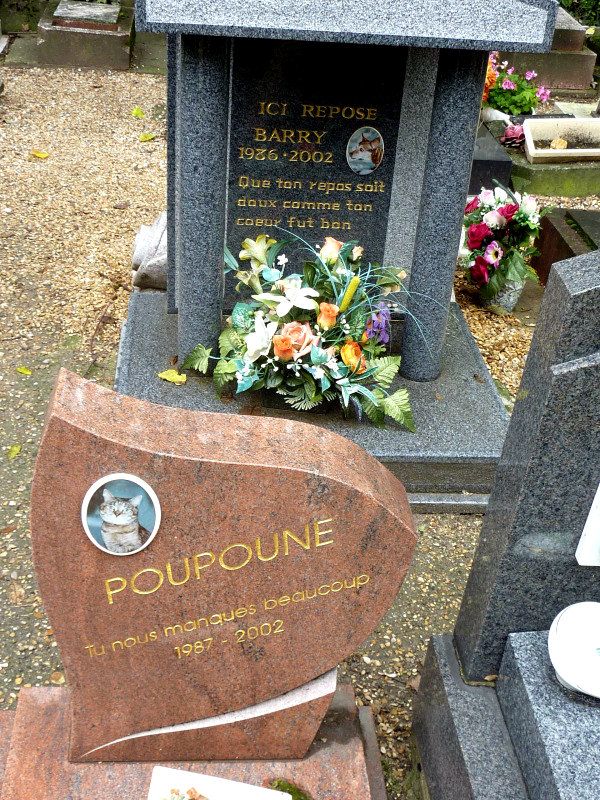
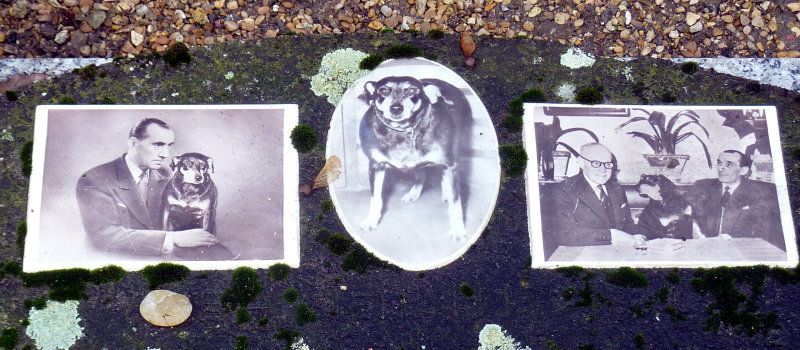
Mommy's heart is broken!
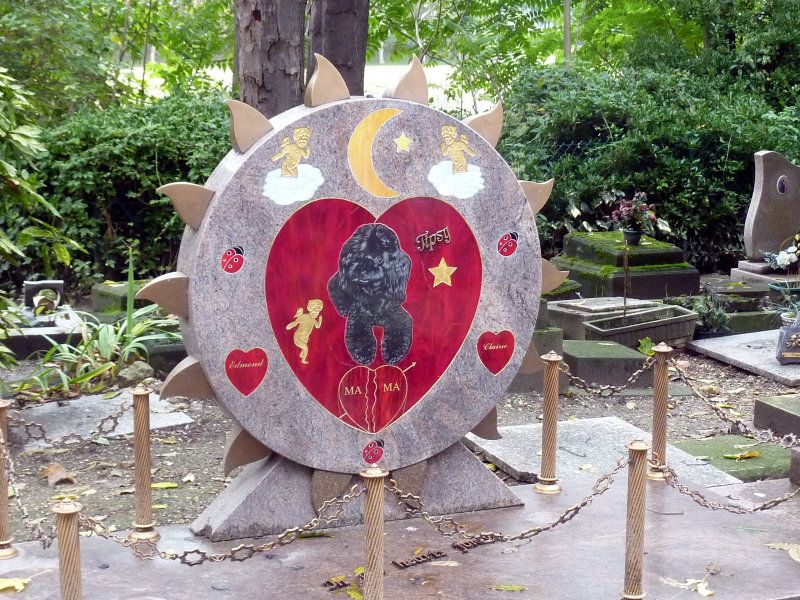

The entrance was nicer than a lot of cemeteries for human beings.


When you enter, the first thing you see is the monument to Barry, a Saint Bernard.

"He saved the lives of 40 people and was killed by the 41st."

It's not hard to imagine the sort of tombs that one will see.






Mommy's heart is broken!


All cemeteries around Paris are full of cats, but here they are official, have their own cat house and are fed by a cat society. Therefore they seemed considerably less wild than in places like Père Lachaise or the Montmartre cemetery.



And the dogs don't scare them.










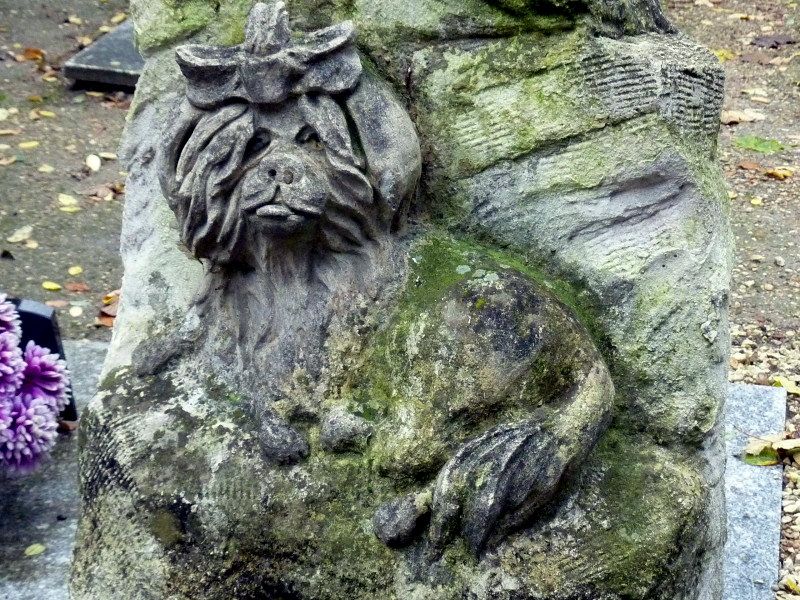
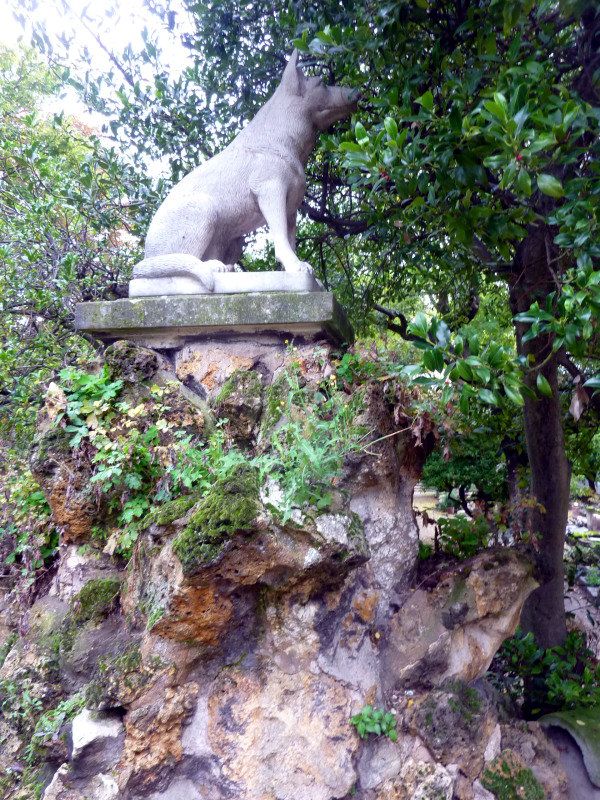
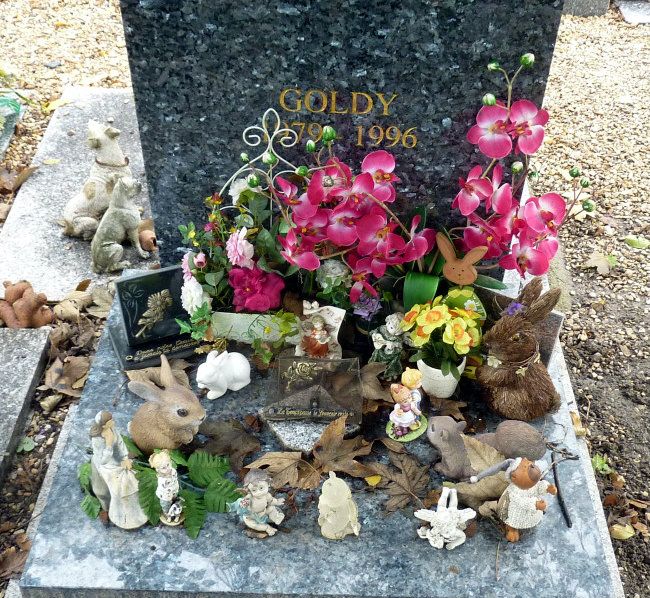

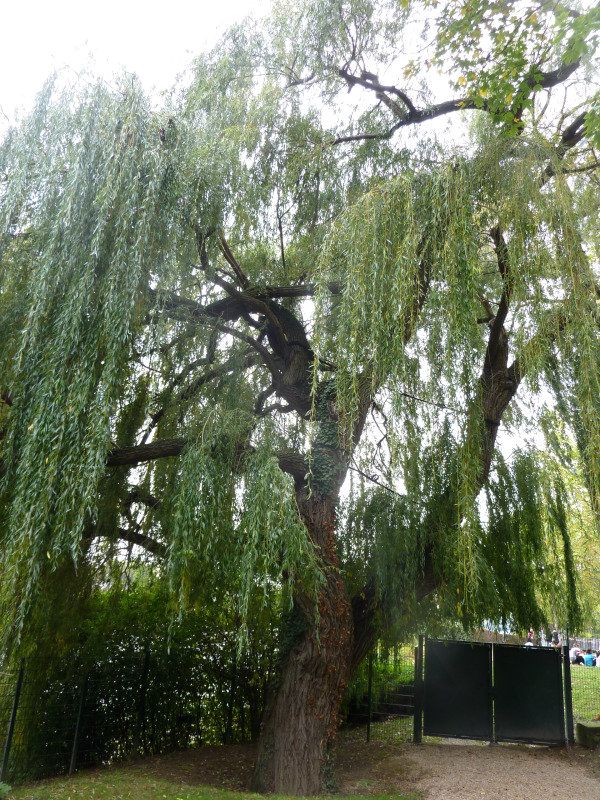
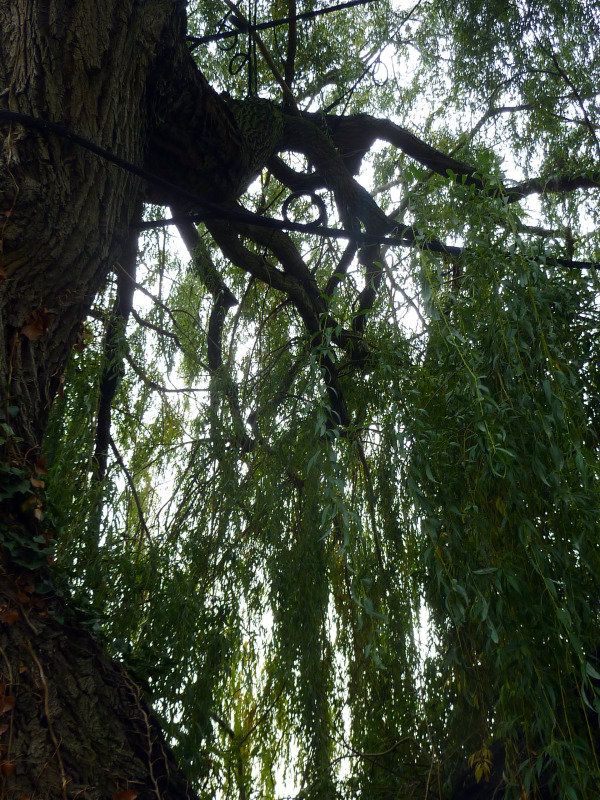
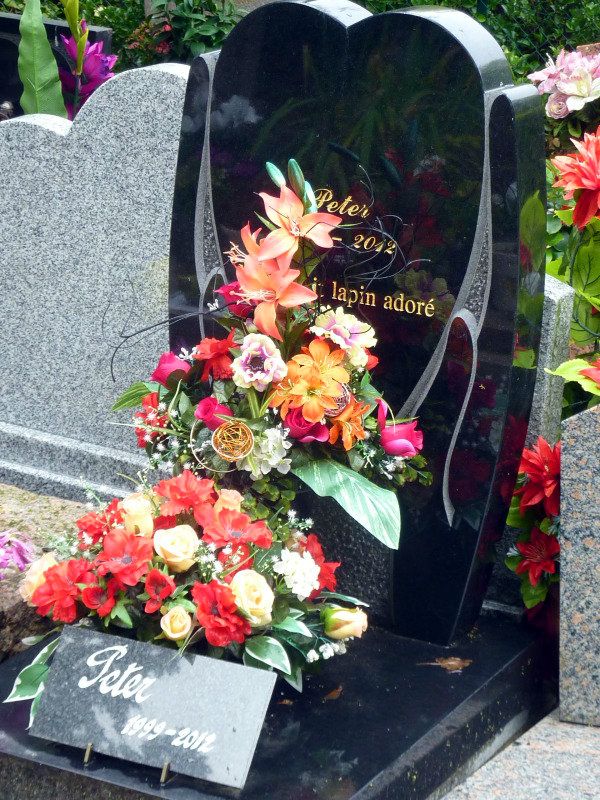
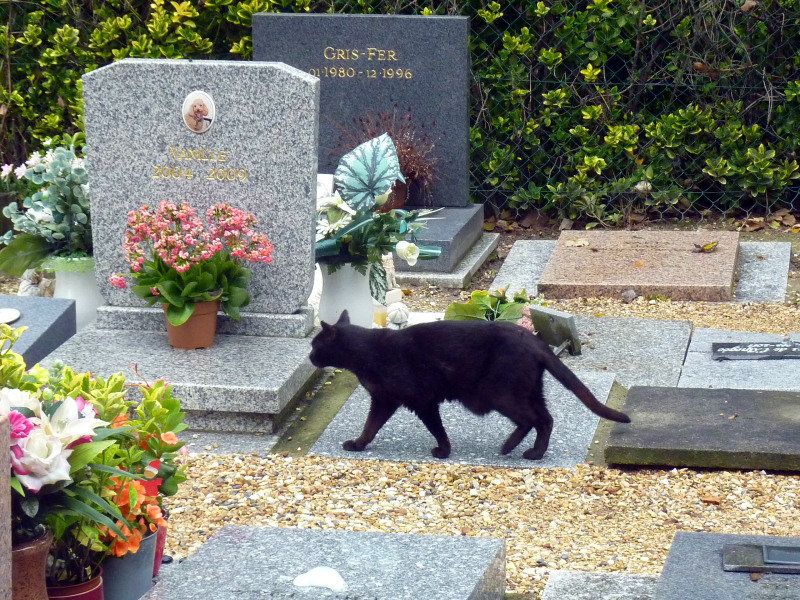
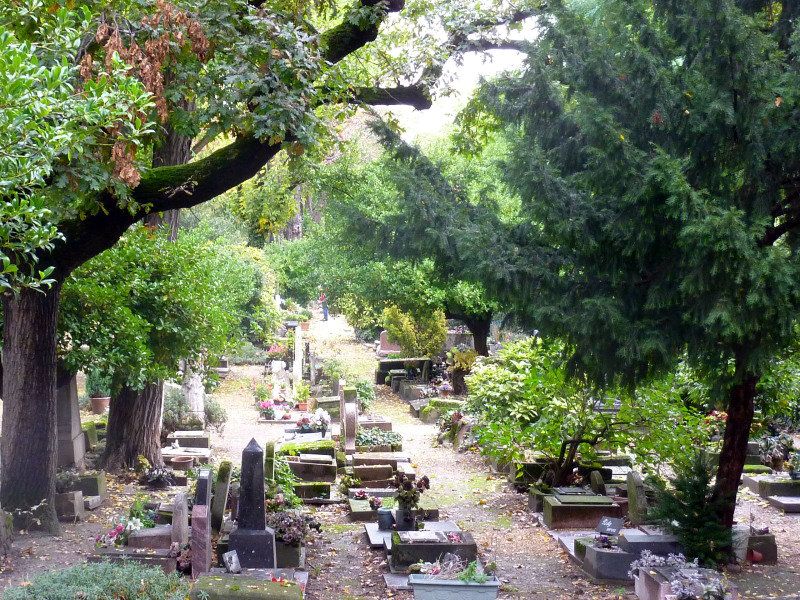
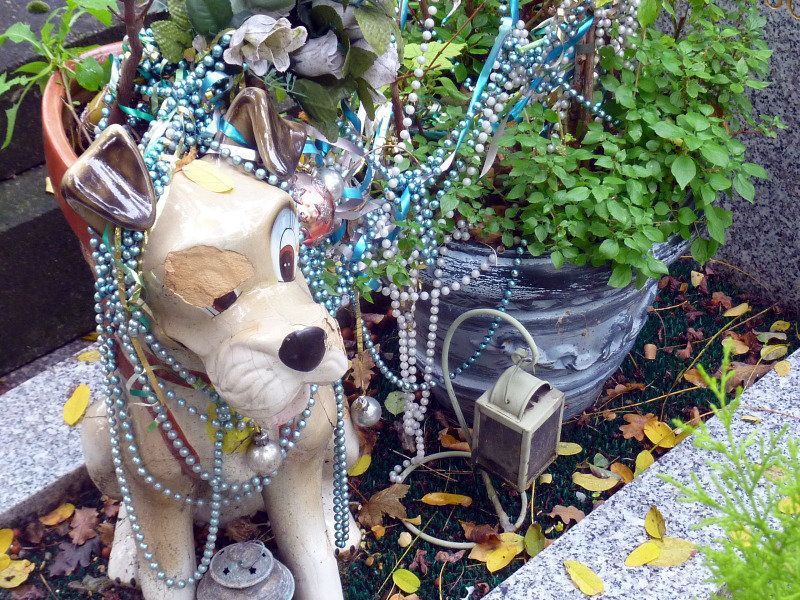

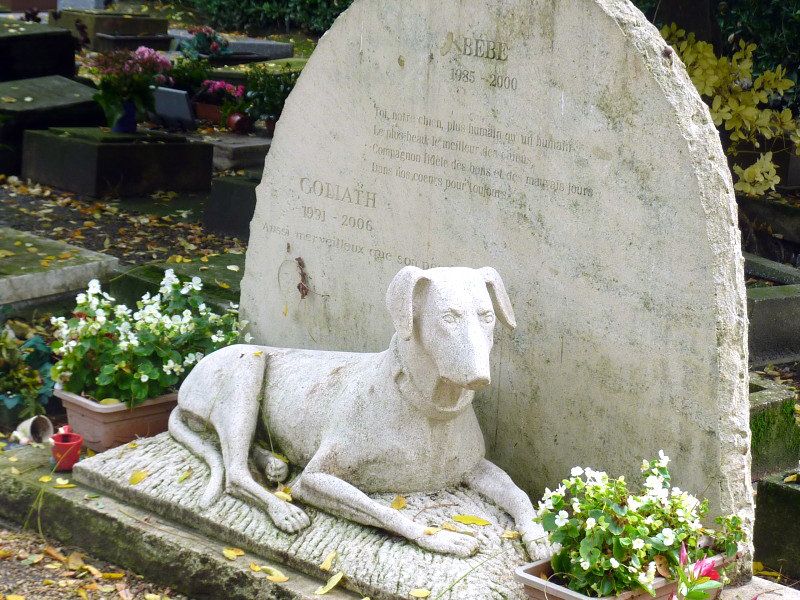
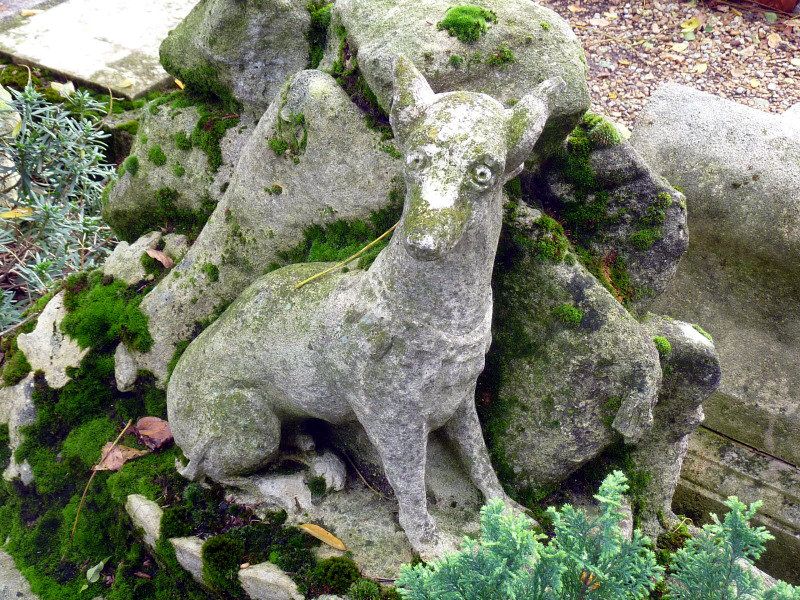
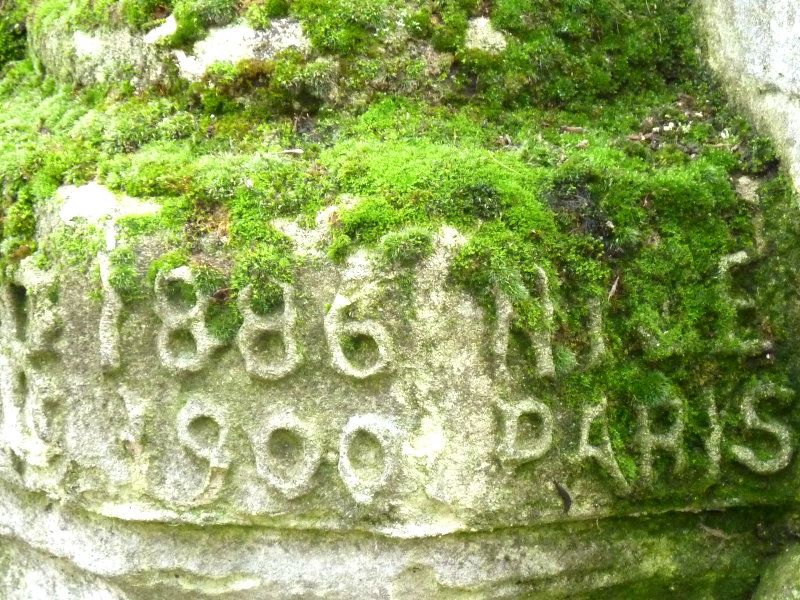

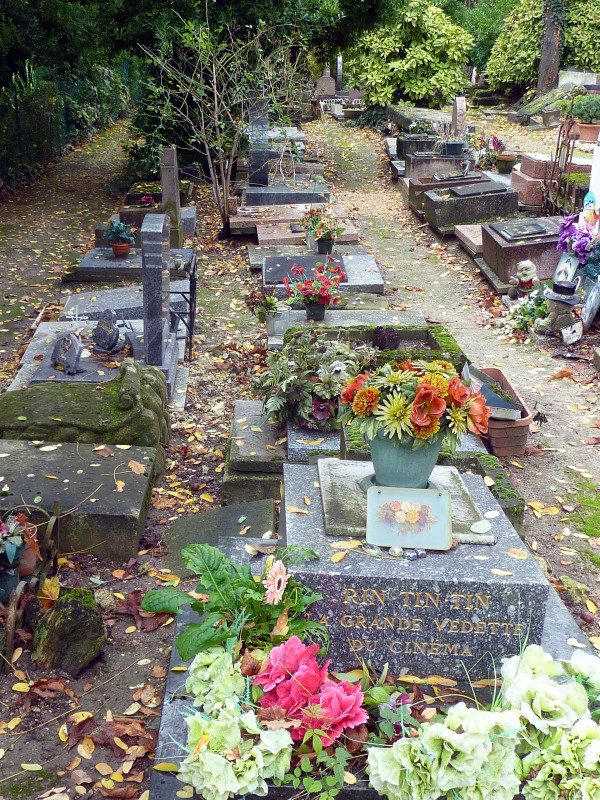
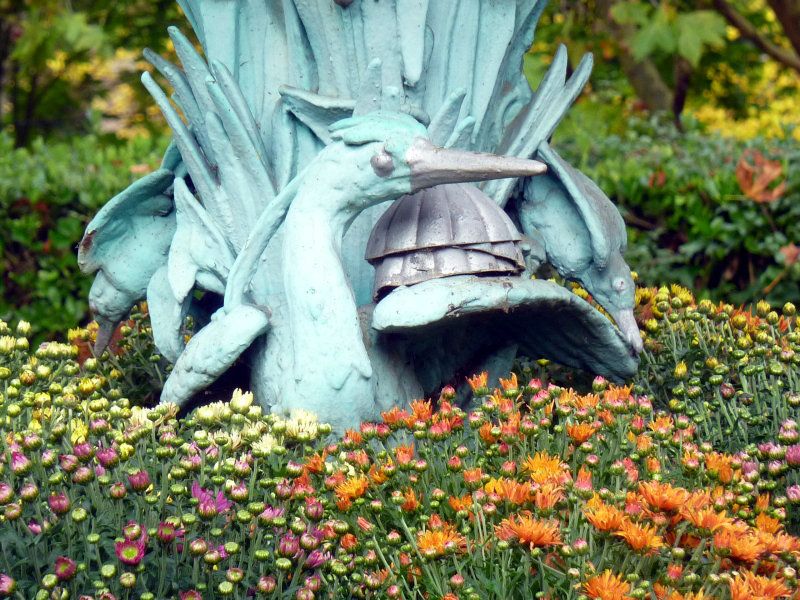
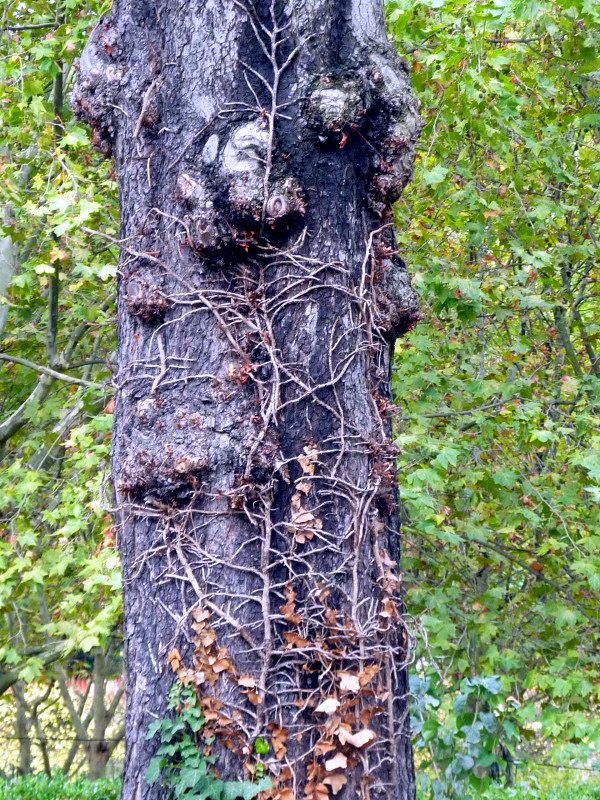
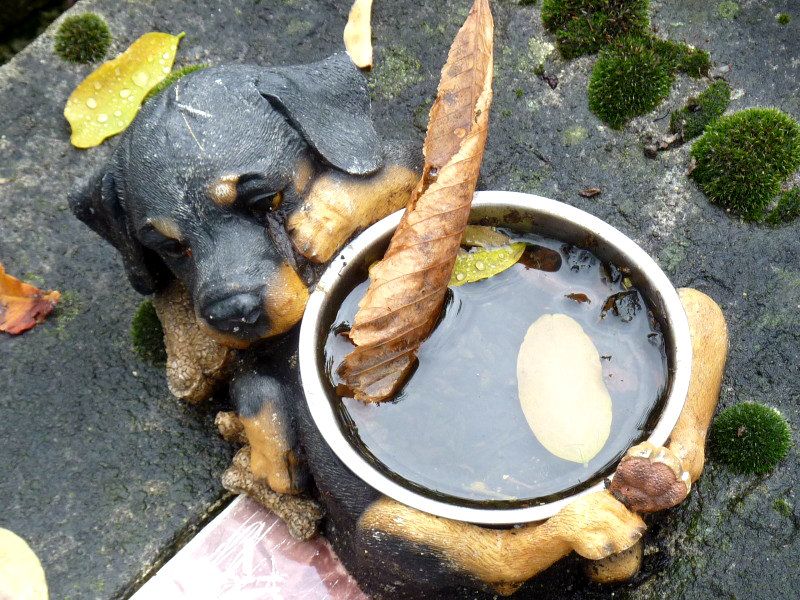
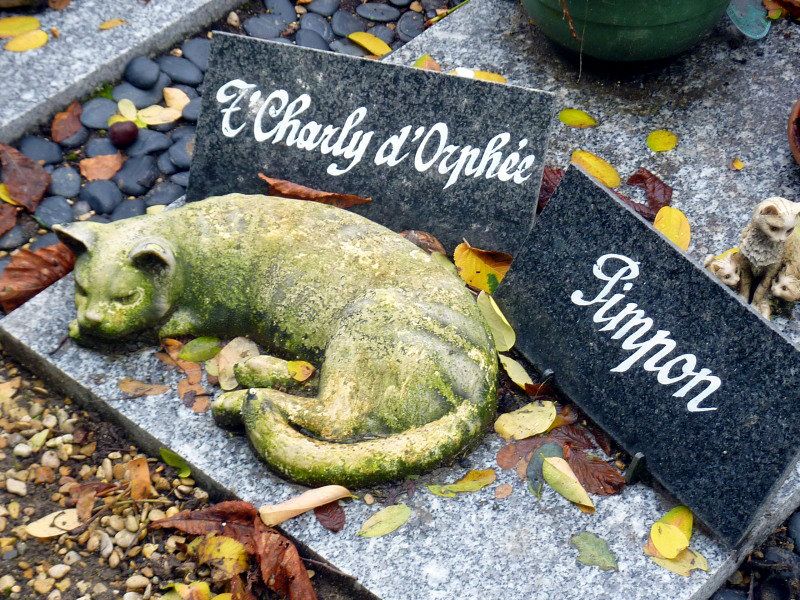
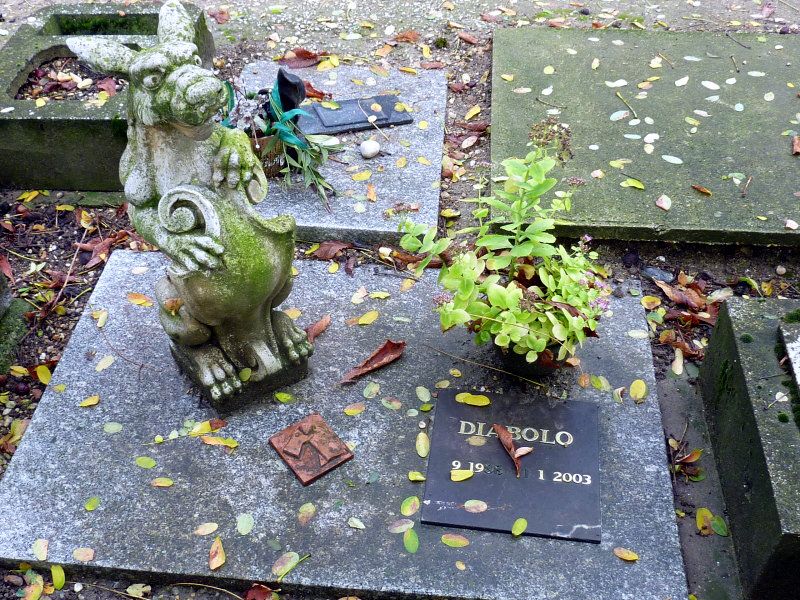
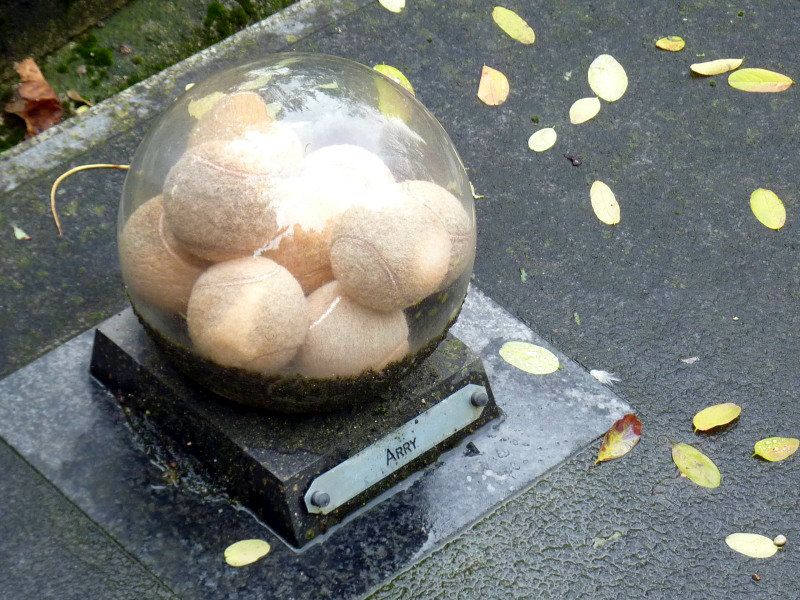
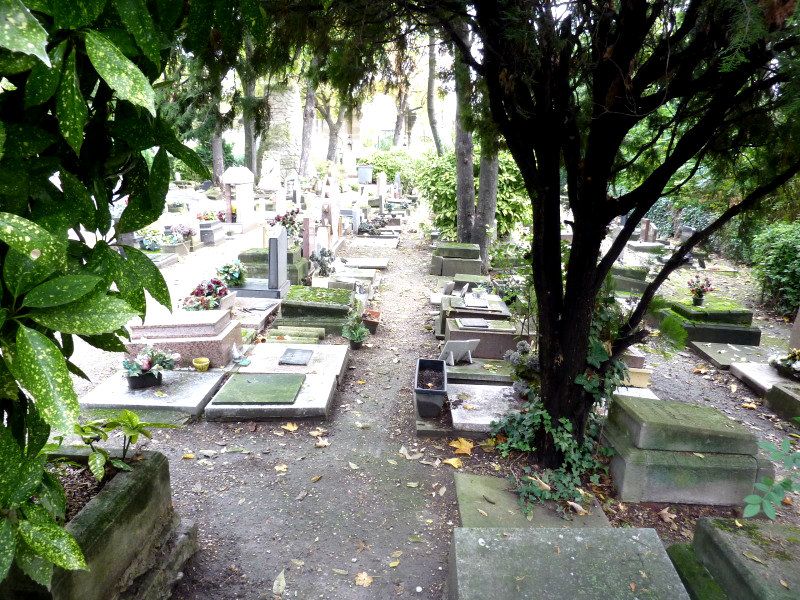
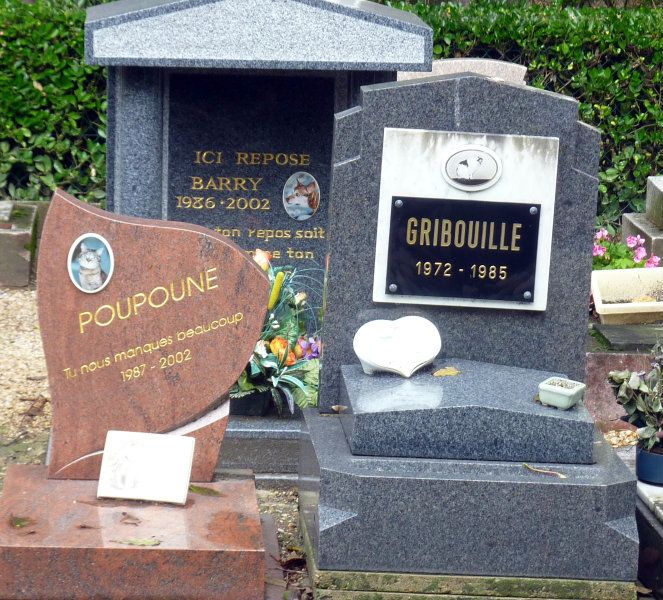
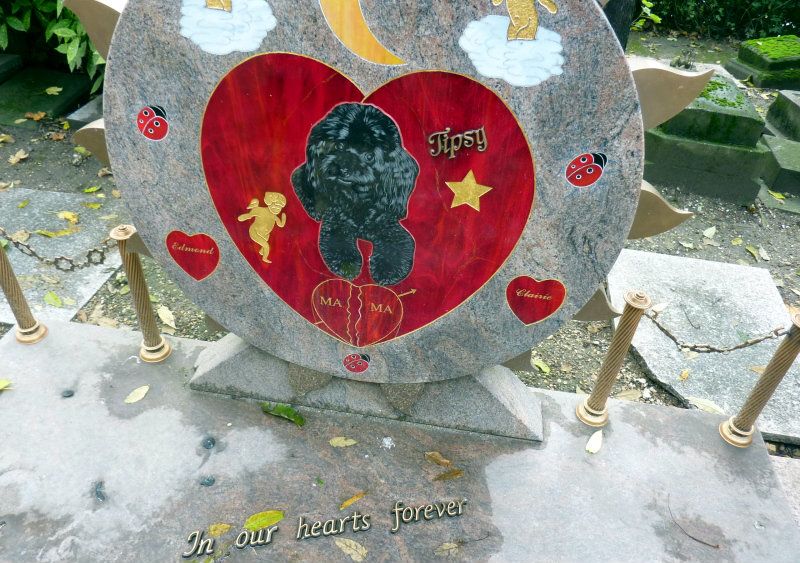
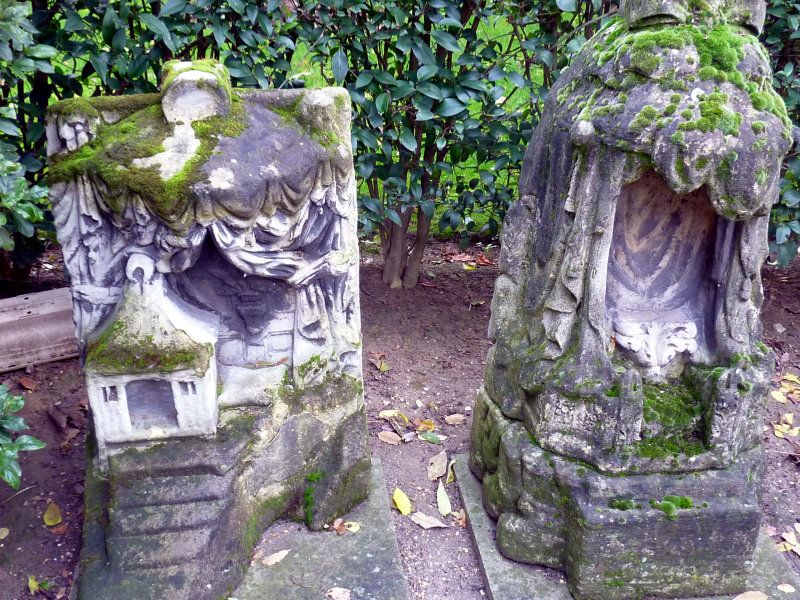
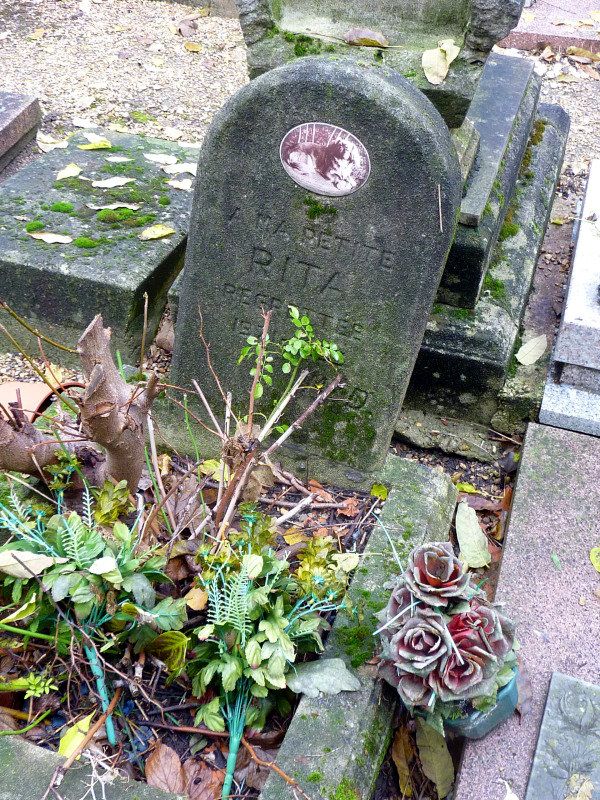
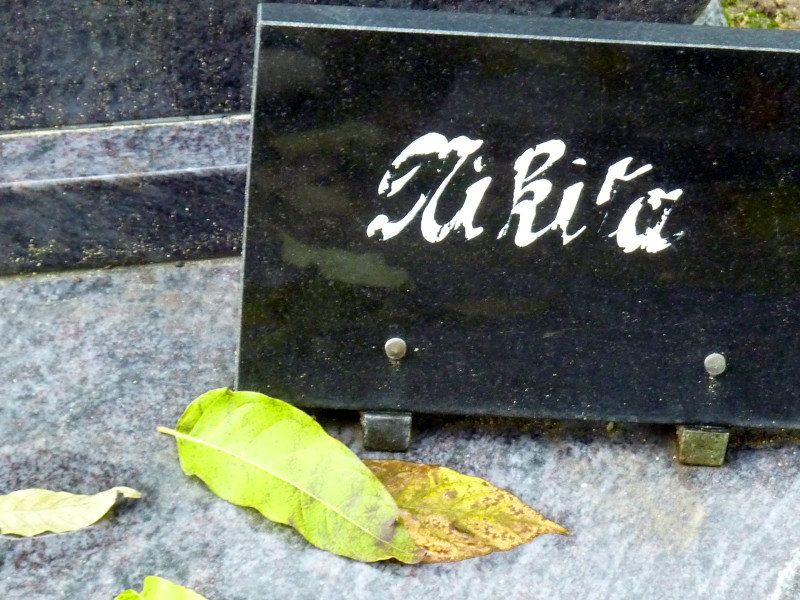
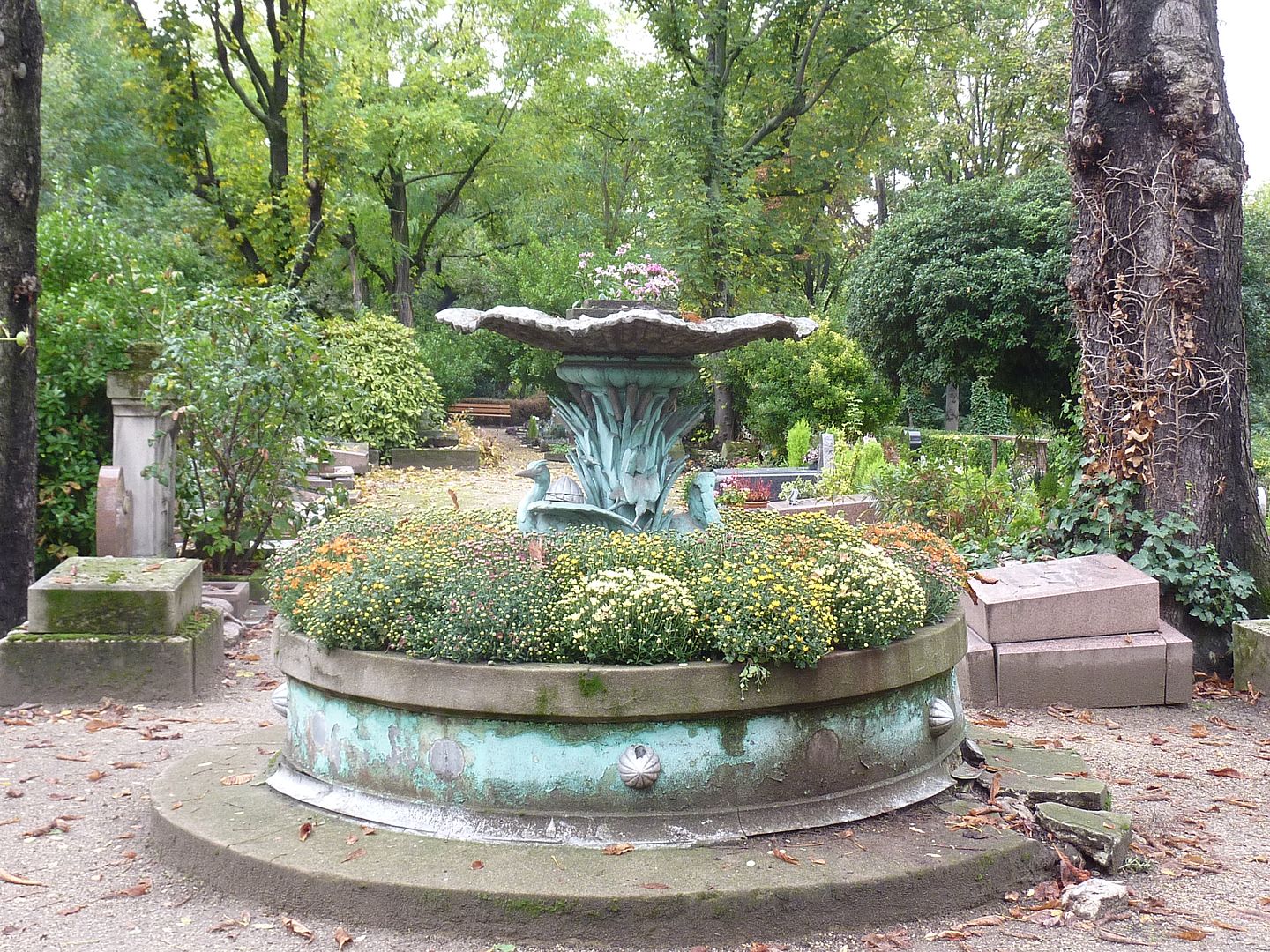
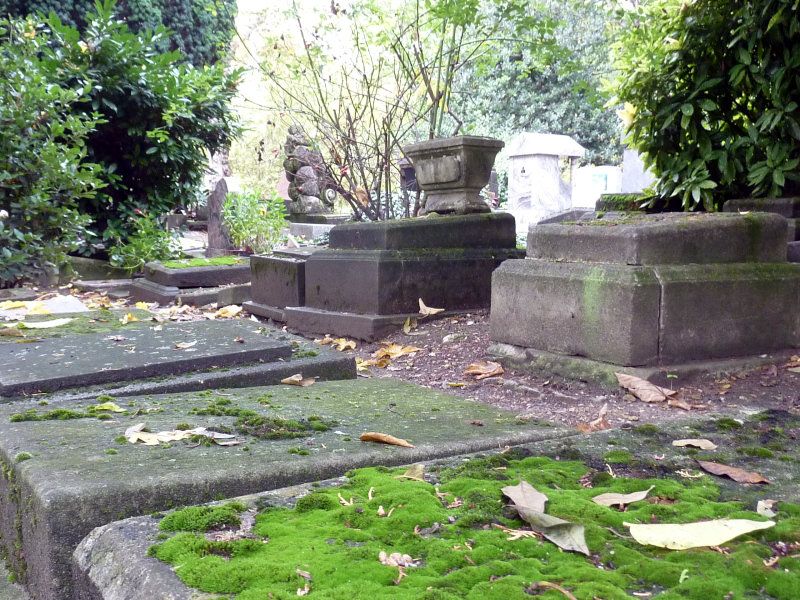
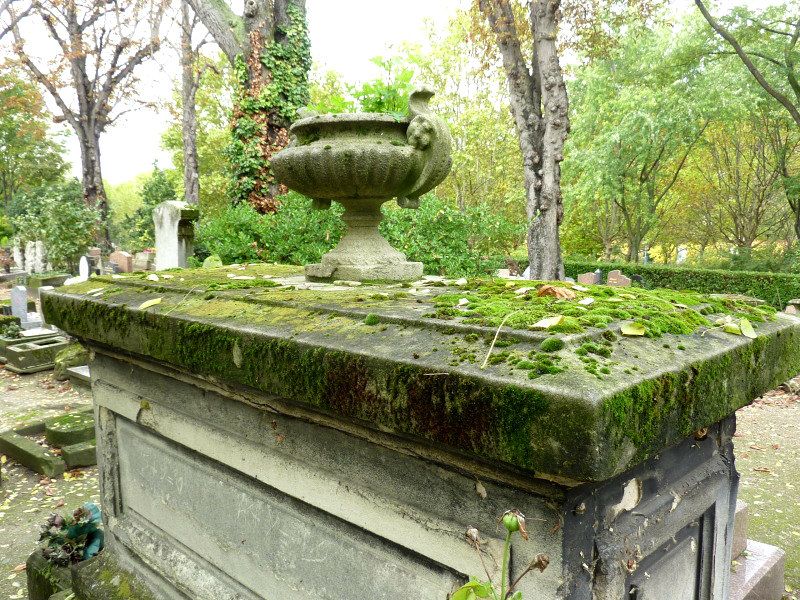
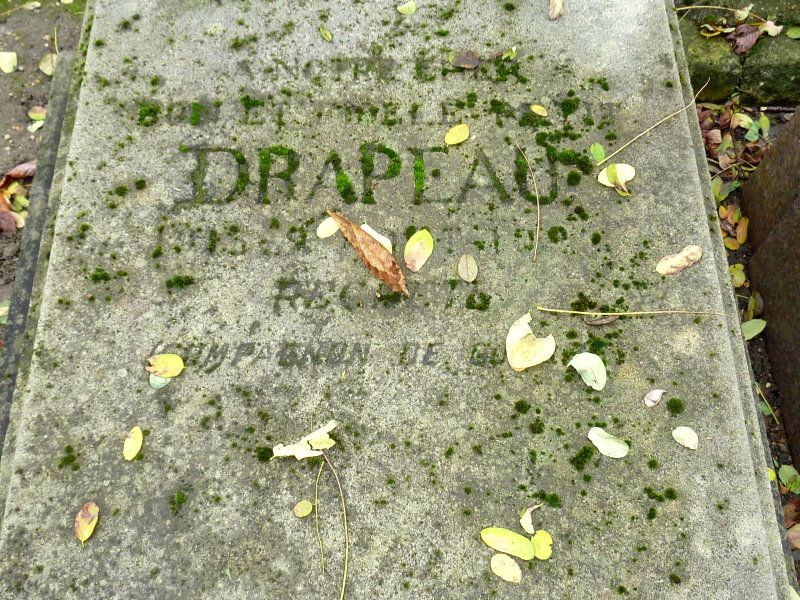
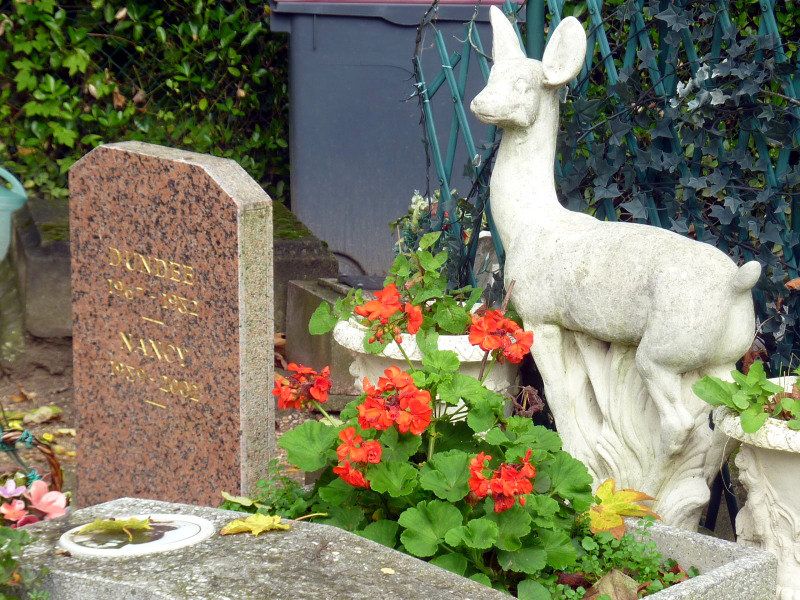

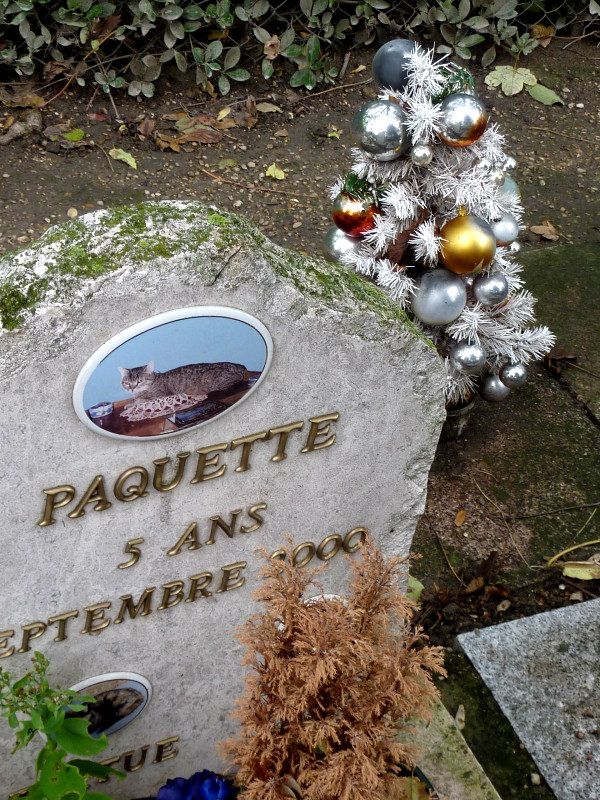
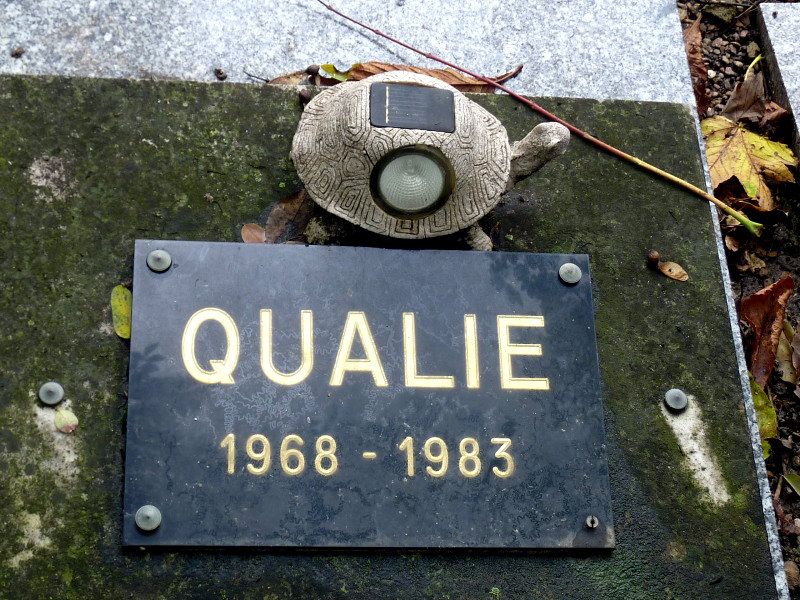

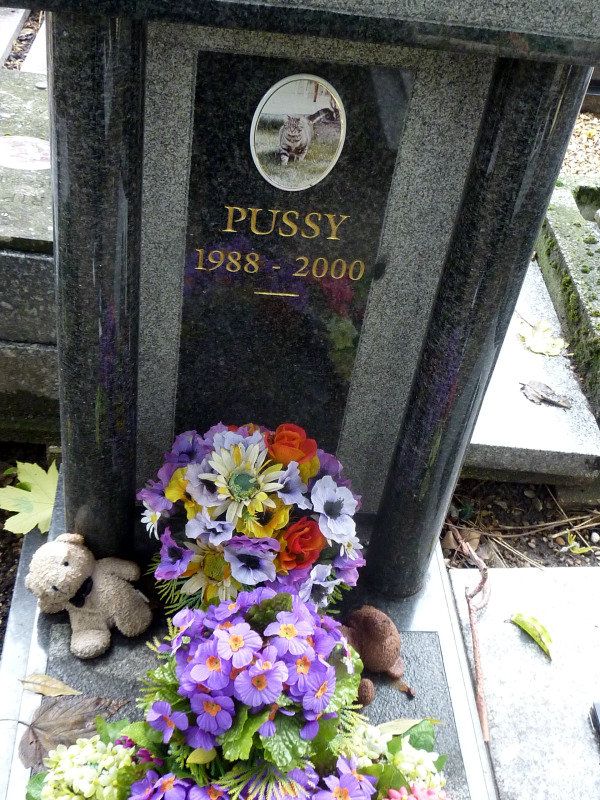
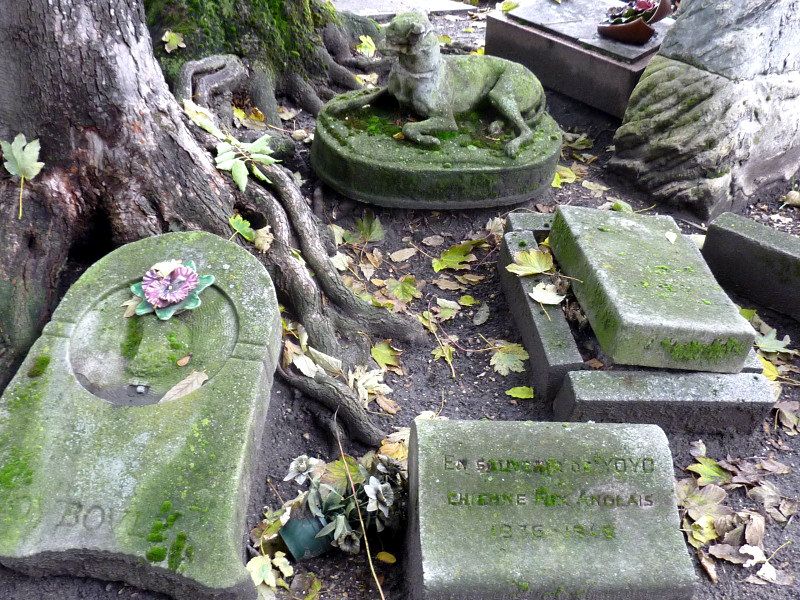
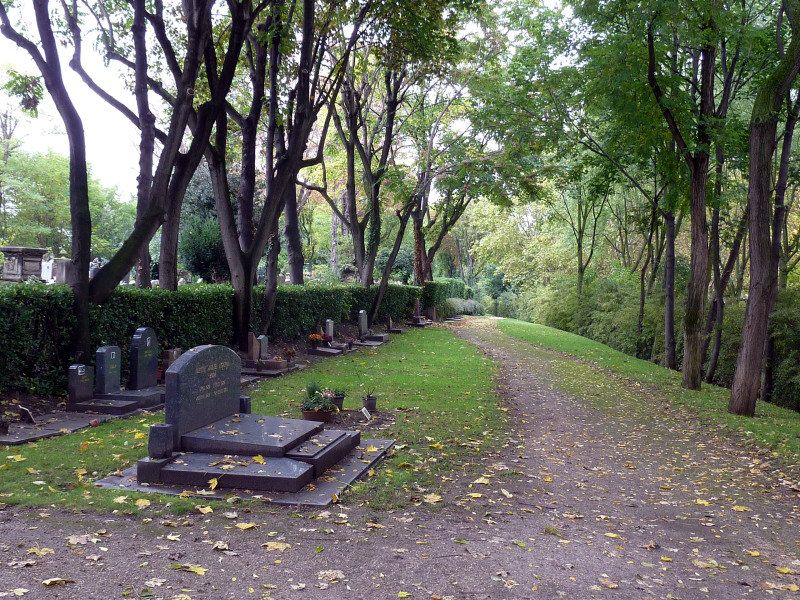
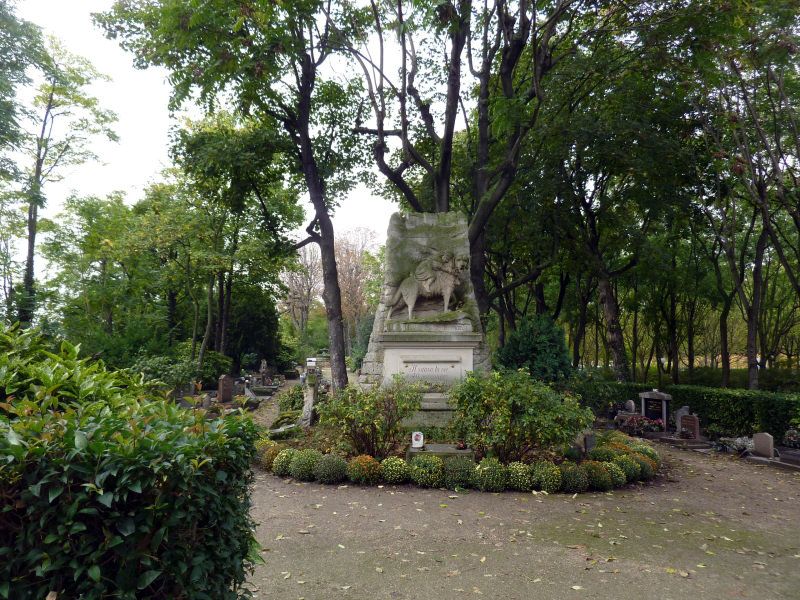
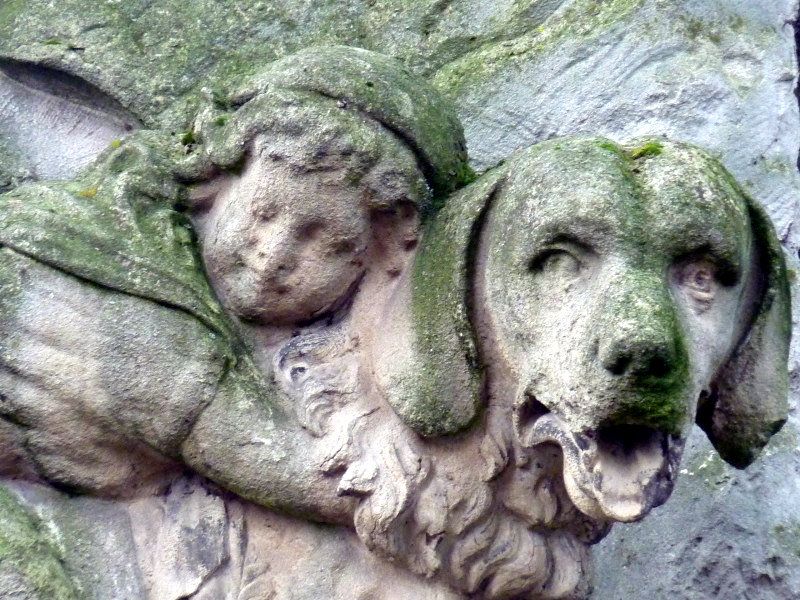



 ...I'll try again! (On a better day!)
...I'll try again! (On a better day!)

 Let the riot begin! LOL -
Let the riot begin! LOL -  hahahha
hahahha